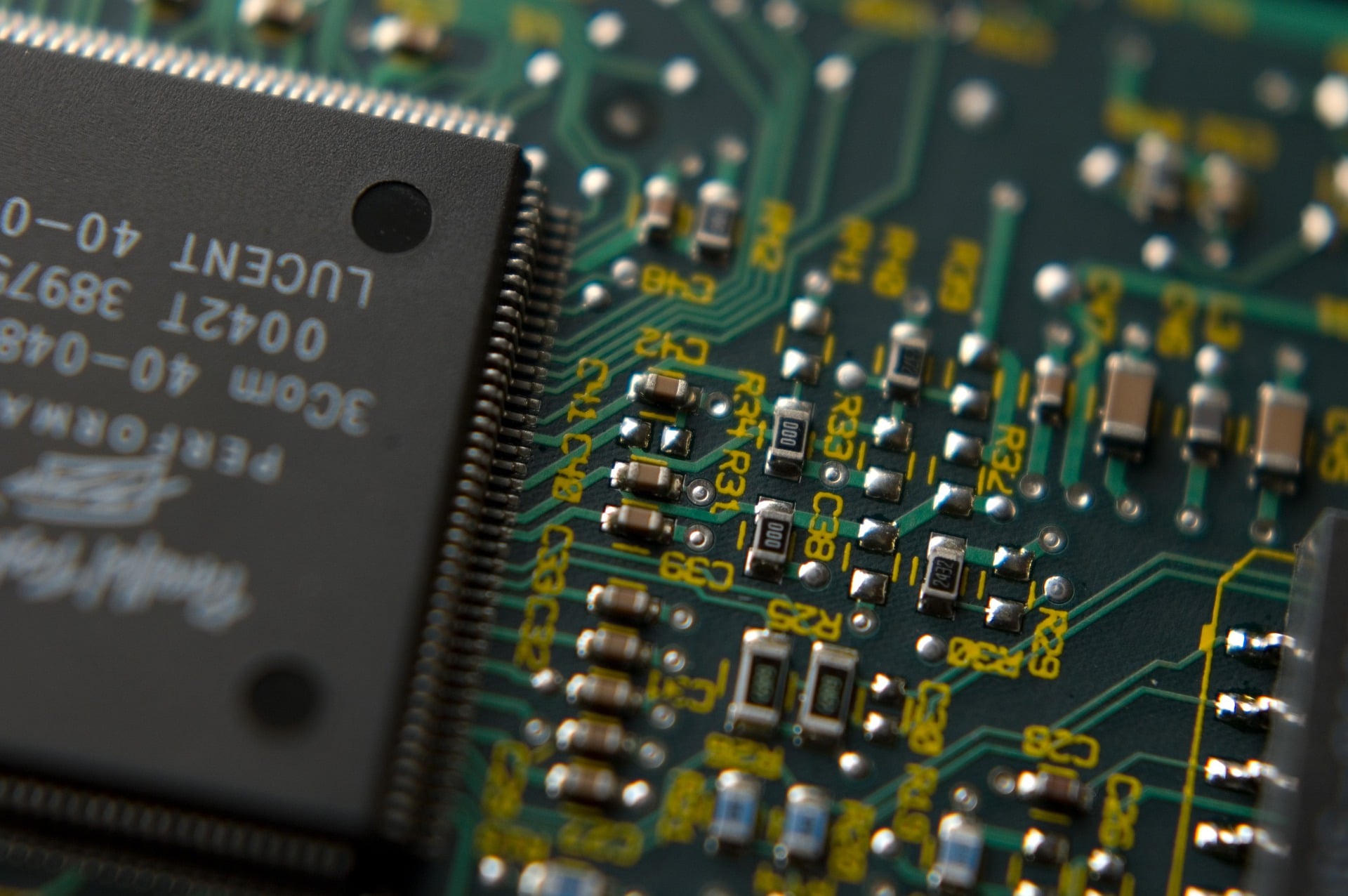Here is the first quantum processor in silicon: a step towards commercialization
Developed a silicon quantum processor capable of simulating the behavior of molecules: it is an important step forward for quantum computers.

A very important step towards the development of quantum computers could be that taken by some Australian scientists, who managed to create the first quantum processor in silicon. It took 9 years of hard work and effort.
"This is the most exciting discovery of my career," said senior author and quantum physics Michelle Simmons, founder of Silicon Quantum Computing and director of the Center of Excellence for Quantum Computation and Communication Technology at UNSW.
A sensational discovery for the first silicon quantum processor
The sensational discovery was published in Nature. Simmons and his team created what is essentially a functional quantum processor, but they also successfully tested it by modeling a small molecule in which each atom has multiple quantum states, something a traditional computer would struggle to achieve.

This suggests that we are now one step closer to the ultimate use of quantum processing power to understand more about the world around us, even on a smaller scale.
“In the 1950s, Richard Feynman said we will never understand how the world works, how nature works, unless we can actually start doing it on the same scale. If we can begin to understand materials at that level, we can design things that have never been made before. The question is: how do you actually control nature at that level? "
To succeed in this feat in quantum computing, the researchers used a scanning tunneling microscope in an ultra-high vacuum to position quantum dots with subnanometric precision. The placement of each quantum dot had to be just right so that the circuit could mimic the way electrons jump along a series of single and double bonded carbons in a polyacetylene molecule.
The tricky parts were figuring out: exactly how many phosphorus atoms there should be in each quantum dot; exactly how far each point should be; and then design a machine capable of placing the tiny dots in exactly the right arrangement within the silicon chip.
If the quantum dots are too large, the interaction between two dots becomes too large to control independently, the researchers say. If the dots are too small, randomness is introduced because each additional phosphorus atom can substantially change the amount of energy needed to add another electron to the point.
The final quantum chip contained 10 quantum dots, each made up of a small number of phosphorus atoms. Double carbon bonds were "simulated" by putting less distance between quantum dots than single carbon bonds. Polyacetylene was chosen because it is a well-known model and could therefore be used to demonstrate that the computer was correctly simulating the movement of electrons through the molecule.
Quantum computers are necessary because classical computers cannot model large molecules; they are simply too complex. For example, to create a simulation of the penicillin molecule with 41 atoms, a classical computer would need 10 ^ 86 transistors, or "more transistors than atoms in the observable universe". A quantum computer, on the other hand, would only require a processor with 286 qubits (the equivalent of bits in the quantum field).
Simmons says the transition from quantum transistor to circuit in just nine years is mimicking the roadmap set by the inventors of classical computers. The first classic computer transistor was created in 1947. The first integrated circuit was built in 1958. These two inventions were 11 years apart. Simmons' team made the leap two years ahead of schedule.
















